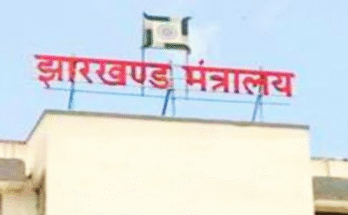New Delhi: India has officially taken off as a global aviation powerhouse, emerging as the world’s fifth-largest air travel market in 2024, according to the latest report by the International Air Transport Association (IATA).
The country handled a staggering 211 million air passengers last year — an 11.1% growth over 2023 — pushing it ahead of Japan, which saw 205 million flyers. The figures, released in IATA’s annual World Air Transport Statistics (WATS) 2024, mark a major milestone in India’s post-pandemic aviation recovery and growth.
Sky Is the Limit for Indian Aviation
India’s impressive leap in the rankings reflects a booming domestic market, rising disposable incomes, and rapid airport infrastructure expansion. With this surge, India now trails only behind:
- United States – 876 million passengers (5.2% growth)
- China – 741 million (18.7% growth)
- United Kingdom – 261 million
- Spain – 241 million
India’s performance is all the more impressive given it overtook Japan, a traditionally strong aviation market, which despite an 18.6% jump, couldn’t keep up with India’s sheer volume.
Mumbai–Delhi Among World’s Busiest Routes
In another win for Indian aviation, the Mumbai–Delhi route was ranked 7th among the world’s top 10 busiest airport pairs, carrying 5.9 million passengers in 2024. The route reflects not just high domestic connectivity, but also the increasing frequency and affordability of flights in India.
The Asia-Pacific region dominated the global route rankings, with Jeju–Seoul (South Korea) topping the chart with 13.2 million flyers, followed by several other domestic pairs from Japan, China, and Australia.
What This Means for India
This achievement puts India firmly on the global aviation map, and industry experts believe the momentum is just beginning. With major investments underway in airport expansion, regional connectivity, and airline capacity, India is poised to climb even higher.
“India’s rise is not accidental. It’s the result of robust demand, increased fleet strength, and strategic policy support like the UDAN scheme,” said an aviation analyst.
As air travel continues to democratize in India — reaching deeper into Tier-2 and Tier-3 cities — the country is not just flying high, it’s redefining the future of global air travel.




